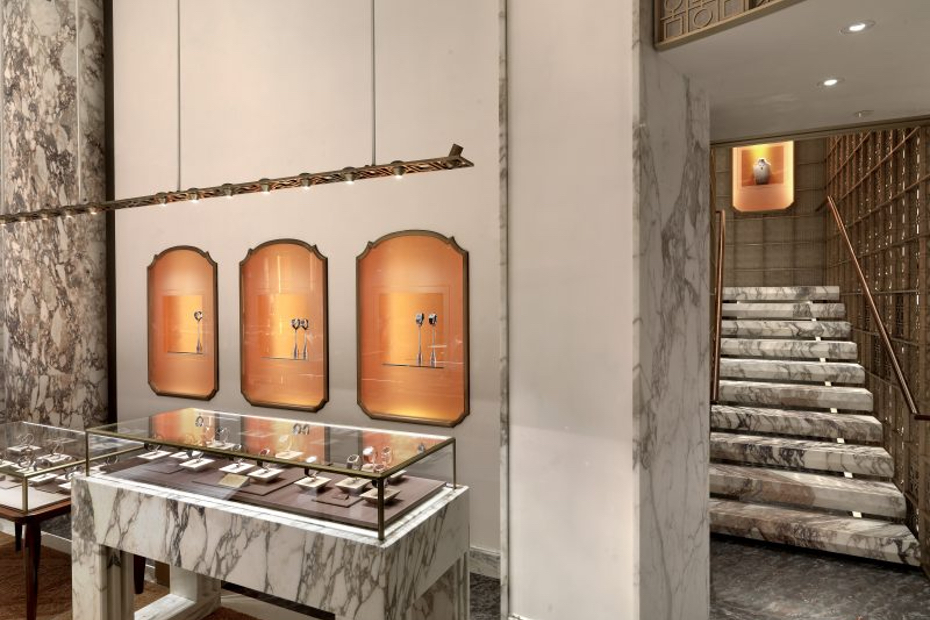The Craftsman style of architecture emerged in the late 19th and early 20th centuries as a response to the prevailing ornate and overly embellished Victorian architectural styles. It became popularized by prominent architects and designers such as Gustav Stickley and Greene and Greene, and it remains an enduring and cherished style to this day.
The Craftsman style is characterized by its emphasis on simplicity, natural materials, and craftsmanship. It is rooted in the ideals of the Arts and Crafts movement, which sought to celebrate the beauty of handmade objects and return to a more authentic and meaningful way of life. The style reflects a desire to harmonize with the natural environment and create homes that are functional, warm, and inviting.
One of the defining features of Craftsman architecture is its use of natural materials. Exteriors often feature a combination of stone, wood, and brick, showcasing the inherent beauty of these materials. The emphasis on exposed structural elements, such as beams and brackets, adds to the aesthetic appeal and highlights the craftsmanship involved in construction. Roofs are typically low-pitched and adorned with overhanging eaves, giving the homes a cozy and sheltering feel.
Craftsman homes are known for their strong horizontal lines and open floor plans. The interiors are designed to be practical and livable, with an emphasis on functionality and comfort. Spacious living areas flow seamlessly into dining and kitchen spaces, creating a sense of openness and connectivity. The use of built-in cabinetry and furniture, such as bookshelves and window seats, maximizes storage and creates a sense of unity and integration within the home.
Another characteristic of the Craftsman style is the attention to detail and decorative elements. Interiors often feature exposed woodwork, such as intricate paneling and moldings, which adds depth and texture to the space. The use of stained glass windows, decorative light fixtures, and handcrafted tiles contributes to the overall charm and character of Craftsman homes.
Craftsman architecture also promotes a strong connection between indoor and outdoor living. Porches, verandas, and patios are common features, encouraging residents to enjoy the natural surroundings and engage with their community. The emphasis on outdoor spaces further blurs the distinction between interior and exterior, creating a sense of harmony and integration with the natural environment.
The enduring appeal of Craftsman architecture lies in its timeless design principles and its embodiment of a simpler, more authentic way of life. The style has remained popular throughout the years due to its emphasis on craftsmanship, quality materials, and a sense of warmth and coziness. Craftsman homes have a distinctive character that is both nostalgic and relevant, making them highly sought after by homeowners who appreciate the unique blend of practicality and aesthetics.
Craftsman architecture is a cherished and influential design movement that celebrates simplicity, craftsmanship, and a connection to nature. Its emphasis on natural materials, functional layouts, and attention to detail has resulted in homes that are timeless and enduring. The Craftsman style continues to captivate homeowners with its beauty, comfort, and enduring appeal, reminding us of the enduring power of thoughtful design and the inherent value of the handmade.

